| Type | Flavor Profile | Heat Level | Best For |
|---|---|---|---|
| Dulce | Sweet, Fruity | Mild | Rice dishes, soups, light marinades |
| Agridulce | Bitter-sweet, earthy | Mild to moderate | Stews, bean dishes, braises |
| Picante | Spicy, smoky | Moderate to hot | Chorizo, grilled meats, fiery sauces |
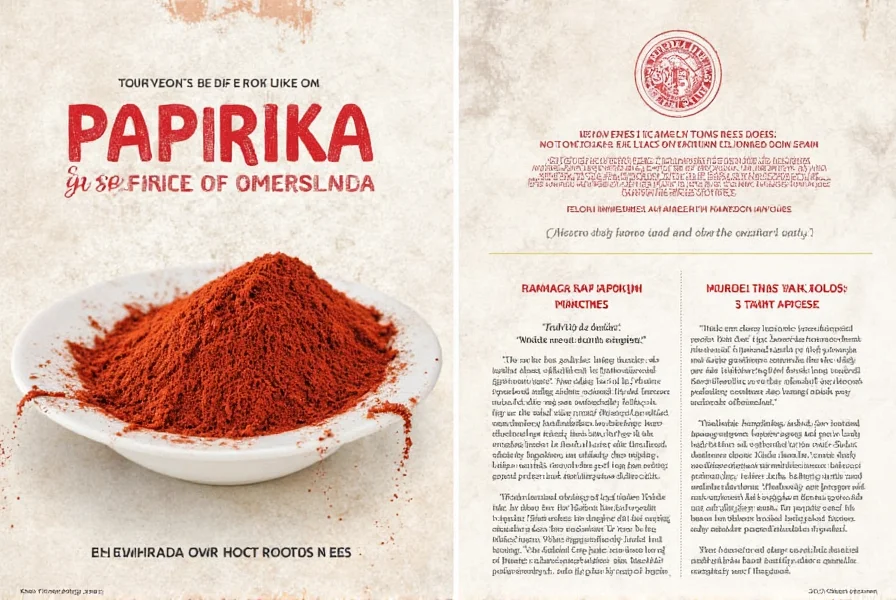
The Rich History Behind Spanish Paprika
Spain's relationship with paprika began centuries ago when Christopher Columbus brought chili peppers back from the New World. However, it wasn't until the 16th century that the peppers took root in Extremadura, where they were dried and ground into powder. By the 19th century, the smoking technique was developed, giving rise to what we now know as Pimentón de la Vera.
This regional product has earned Protected Designation of Origin (PDO) status from the European Union, meaning only paprika produced in La Vera using traditional methods can bear the name "Pimentón de la Vera".
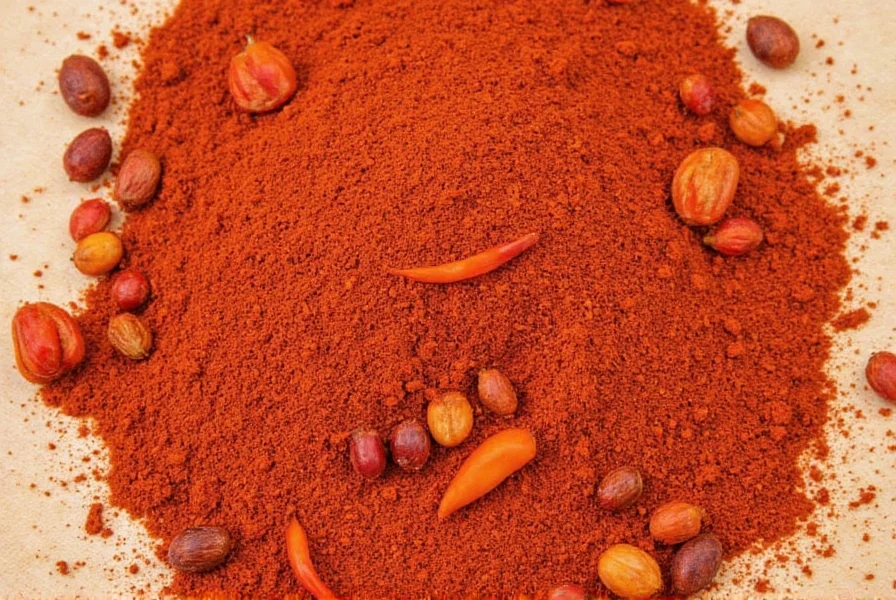
How to Use Spanish Paprika in Cooking
Spanish paprika is more than just a coloring agent—it's a flavor enhancer. Because of its low smoke point, it should be added toward the end of cooking or used in dishes where heat exposure is minimal. Here are some practical ways to use it:
Top 5 Tips for Using Spanish Paprika in Your Kitchen:
- Add at the End: To preserve flavor and color, add paprika near the end of sautéing or right before serving.
- Mix with Oil: Combine paprika with olive oil to create a paste that enhances dressings, marinades, or rubs.
- Season Meats: Rub onto pork, chicken, or lamb before roasting or grilling for a smoky finish.
- Boost Vegetables: Sprinkle over roasted potatoes, eggplant, or zucchini for an extra layer of flavor.
- Elevate Eggs: Add a pinch to scrambled eggs, shakshuka, or omelets for a rich, savory note.
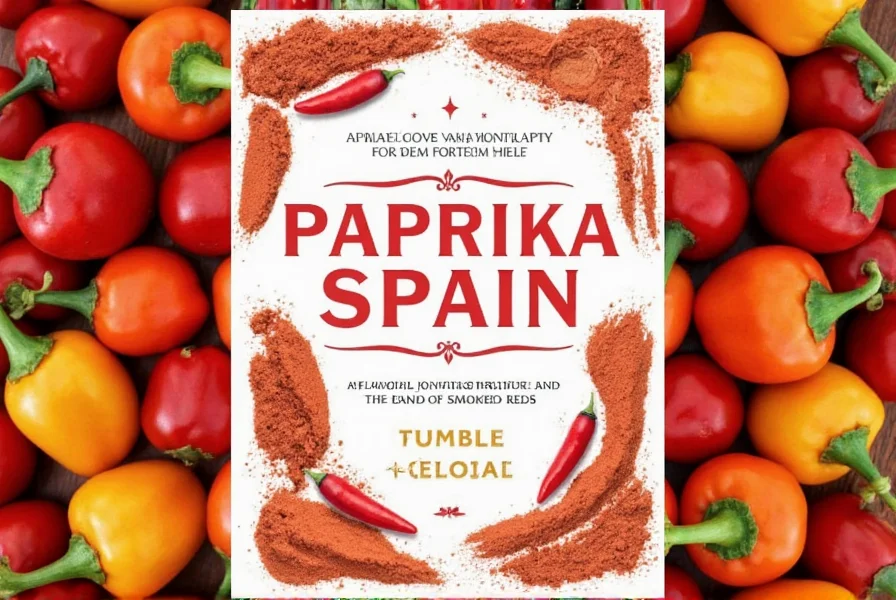
Buying Guide: Choosing the Best Spanish Paprika
With so many brands and varieties on the market, choosing the right paprika can feel overwhelming. Here's a breakdown of popular options to help you decide:
| Brand | Type | Flavor | Best Use | Price Range |
|---|---|---|---|---|
| La Dalia | Dulce | Mild, sweet, slightly floral | Paella, rice dishes, seafood | $$ |
| Páez | Agridulce | Earthy, balanced bitterness | Bean soups, casseroles | $ |
| Villafranquina | Picante | Spicy, smoky punch | Chorizo, grilled meats, salsas | $$$ |
| El Cortijillo | All types available | High-quality artisanal options | Gourmet cooking, gifts | $$$$ |
Things to Look For:
- PDO Certification: Ensures authentic Spanish origin and traditional processing.
- Smoking Process: Traditionally smoked with oak wood for deeper flavor.
- Packaging: Choose glass jars to protect flavor and color from light and air.
- Freshness: Fresher paprika will have a deep red hue and strong aroma.

Storing Your Paprika Like a Pro
Like all spices, paprika loses potency over time, especially when exposed to heat, light, and moisture. Proper storage ensures your jar stays vibrant and flavorful for months.
Storage Tips:
- Store in a cool, dark place away from heat sources.
- Use airtight containers to prevent oxidation and moisture absorption.
- Label with purchase date—aim to use within 6–12 months for best flavor.
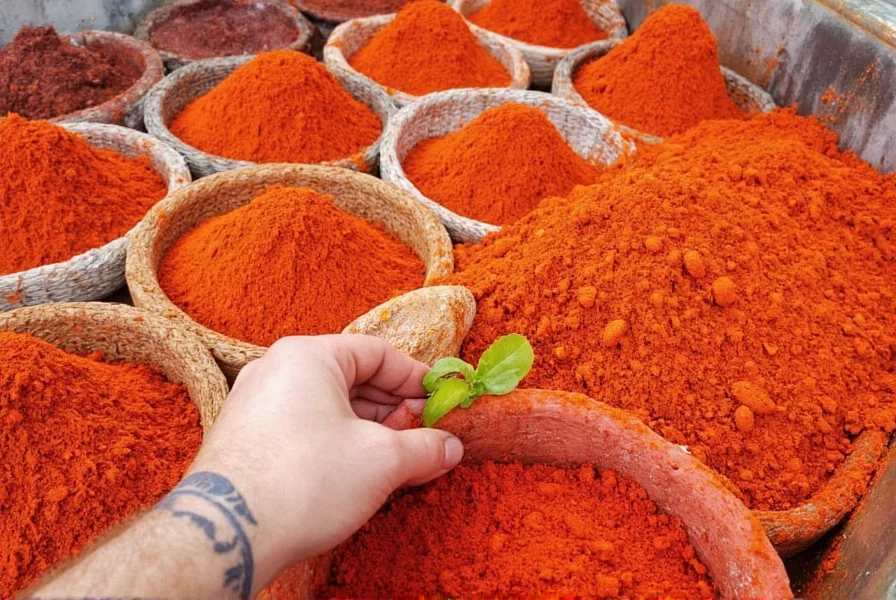
Fun Facts You Didn't Know About Spanish Paprika
- The annual Paprika Festival in La Vera celebrates the harvest with parades, tastings, and music.
- It takes about 1 kg of fresh peppers to make just 100 grams of paprika!
- Some chefs blend different types of paprika to achieve custom flavor profiles.
- Traditionally, paprika was believed to have medicinal properties and was used to treat colds and digestive issues.
- Spain exports nearly half of its paprika production worldwide!
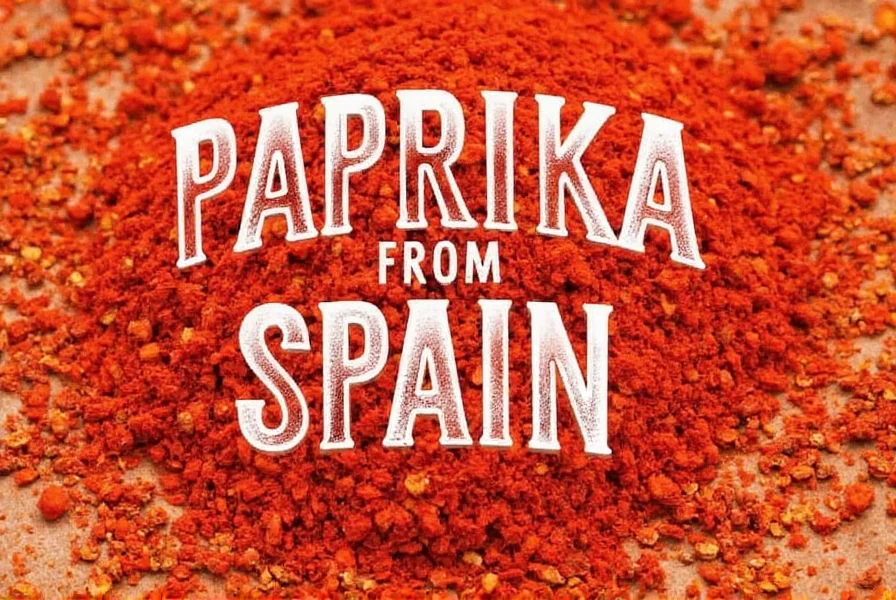
Frequently Asked Questions About Spanish Paprika
What makes Spanish paprika different from regular paprika?
Spanish paprika, or "pimentón," is distinguished by its traditional smoking process, especially varieties from La Vera region. While Hungarian or American paprikas are typically dried and ground without smoking, authentic Spanish paprika is smoked over oak wood for days, giving it a distinctive deep, smoky flavor. Additionally, Spanish paprika has protected designation of origin (PDO) status for certain regions, ensuring traditional production methods.
What does "Pimentón de la Vera" mean and why is it special?
"Pimentón de la Vera" refers to paprika produced in the La Vera region of Extremadura, Spain, using traditional methods. It's special because it has Protected Designation of Origin (PDO) status from the European Union, meaning only paprika produced in this specific region using traditional oak-smoking techniques can bear this name. The smoking process takes 10-15 days over oak wood fires, creating its signature deep red color and complex smoky flavor that can't be replicated elsewhere.
How can I tell if my Spanish paprika is authentic?
Look for these indicators of authentic Spanish paprika: 1) PDO certification label (Denominación de Origen Protegida), 2) "Pimentón de la Vera" on the packaging, 3) Information about the producer and region (should be La Vera, Extremadura), 4) Traditional oak-smoking process mentioned, and 5) Deep, vibrant red color with a rich aroma. Authentic Spanish paprika is typically sold in glass jars to protect it from light, and premium brands often include harvest year information.
What's the difference between Dulce, Agridulce, and Picante?
These are the three main varieties of Spanish paprika: Dulce is sweet and mild with fruity notes, perfect for dishes where you want color and subtle flavor without heat. Agridulce (bitter-sweet) has more complexity with earthy notes and slight bitterness, ideal for stews and bean dishes. Picante is spicy and bold, made from hotter pepper varieties, and brings both heat and smokiness to dishes like chorizo and grilled meats. All three undergo the traditional smoking process but use different pepper varieties.
Can I substitute Spanish paprika with regular paprika?
While you can substitute regular paprika for Spanish paprika in a pinch, the flavor profile will be significantly different. Regular paprika lacks the distinctive smokiness that defines Spanish varieties. For a closer approximation, try mixing regular sweet paprika with a small amount of smoked paprika (about 3:1 ratio). However, for authentic Spanish dishes like paella or chorizo, genuine Spanish paprika is irreplaceable as it contributes both flavor and cultural authenticity to the dish.
How long does Spanish paprika stay fresh?
Spanish paprika maintains its best flavor for 6-12 months when stored properly. Signs it's past its prime include faded color (should be vibrant red), weakened aroma, or musty smell. To maximize freshness, store in an airtight glass container away from light, heat, and moisture. The smoking process helps preserve Spanish paprika slightly longer than non-smoked varieties, but like all spices, it gradually loses potency over time. For best results, buy smaller quantities and replace regularly.
Conclusion: Spice Up Your Life with Spanish Paprika
Whether you're a home cook experimenting with global flavors or a chef seeking authenticity, Spanish paprika deserves a permanent spot in your spice rack. From its smoky richness to its historical charm, Spanish paprika brings more than just color—it brings heritage and passion straight into your kitchen.
So next time you're reaching for that bottle of generic paprika, pause and consider upgrading to something truly special. Your taste buds—and your dishes—will thank you!

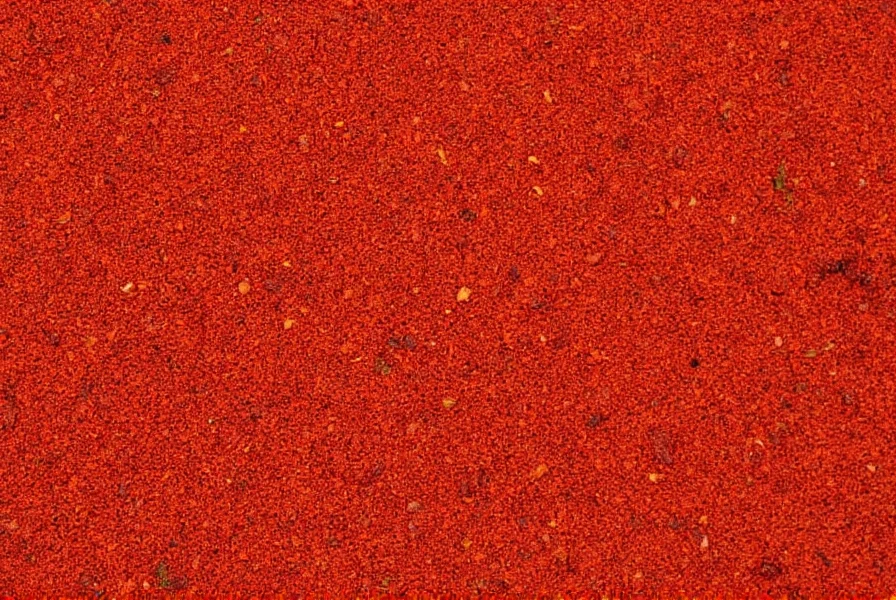









 浙公网安备
33010002000092号
浙公网安备
33010002000092号 浙B2-20120091-4
浙B2-20120091-4